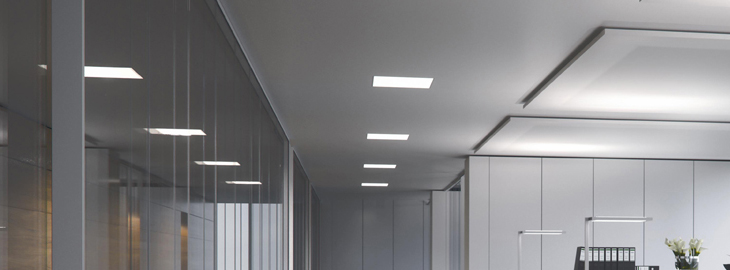

Surface-mounted lighting has emerged as a favored luminary choice within contemporary architectural space. Prized for its versatility, straightforward installation, and diverse illumination offerings, it presents a spectrum of lighting possibilities for a myriad of spaces. Notably, it stands as a tool for cultivating ambiance and amplifying the intrinsic aesthetic allure of an environment.
In this article, it will encompass:
In the realm of surface-mounted lighting, a diverse array of luminaires awaits, each possessing distinctive attributes and advantages. Here, we delve into some of the prominent forms of surface-mounted lighting:
Embracing surface-mounted luminance in architectural compositions brings forth a host of advantageous attributes. The following outlines some of the notable benefits:
Versatility: Surface-mounted luminaires serve as versatile tools, wielded to achieve diverse lighting effects. Whether illuminating specific focal points, fostering ambiance, or facilitating task-oriented brightness, they lend themselves to a plethora of lighting scenarios.
Simplified Installation: The installation of surface-mounted lighting solutions is characterized by its straightforwardness, demanding minimal wiring intricacies. As such, it stands as a favored choice for both new construction ventures and renovation projects.
Energy Efficiency: Noteworthy among surface-mounted luminaires is their propensity for energy efficiency, a factor that contributes to reduced operational costs and a heightened commitment to sustainable practices.
Aesthetic Enhancement: Surface-mounted luminaires emerge as aesthetic enhancers, their design diversity in shapes, sizes, and finishes enabling seamless integration with existing design motifs. The result is an elevated aesthetic appeal that complements and elevates the overall spatial composition.
When integrating surface-mounted lighting into your architectural designs, remember to consider the following factors:
By keeping these factors in mind, you can select the appropriate surface-mounted lighting options that align with your architectural vision and achieve the desired lighting outcomes.
Surface-mounted lighting offers versatility, simple installation, and visual charm, elevating any space’s design. By grasping its various types, advantages, and integration techniques, you can devise an illuminating strategy that aligns with your architectural vision and client requirements.